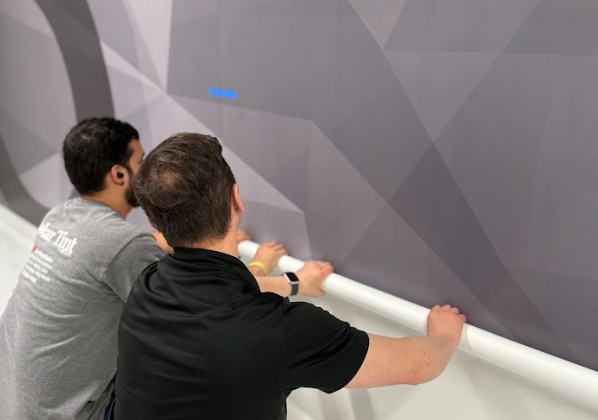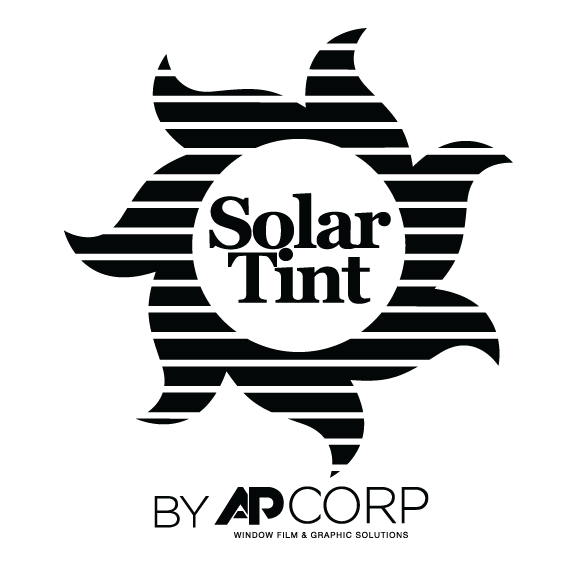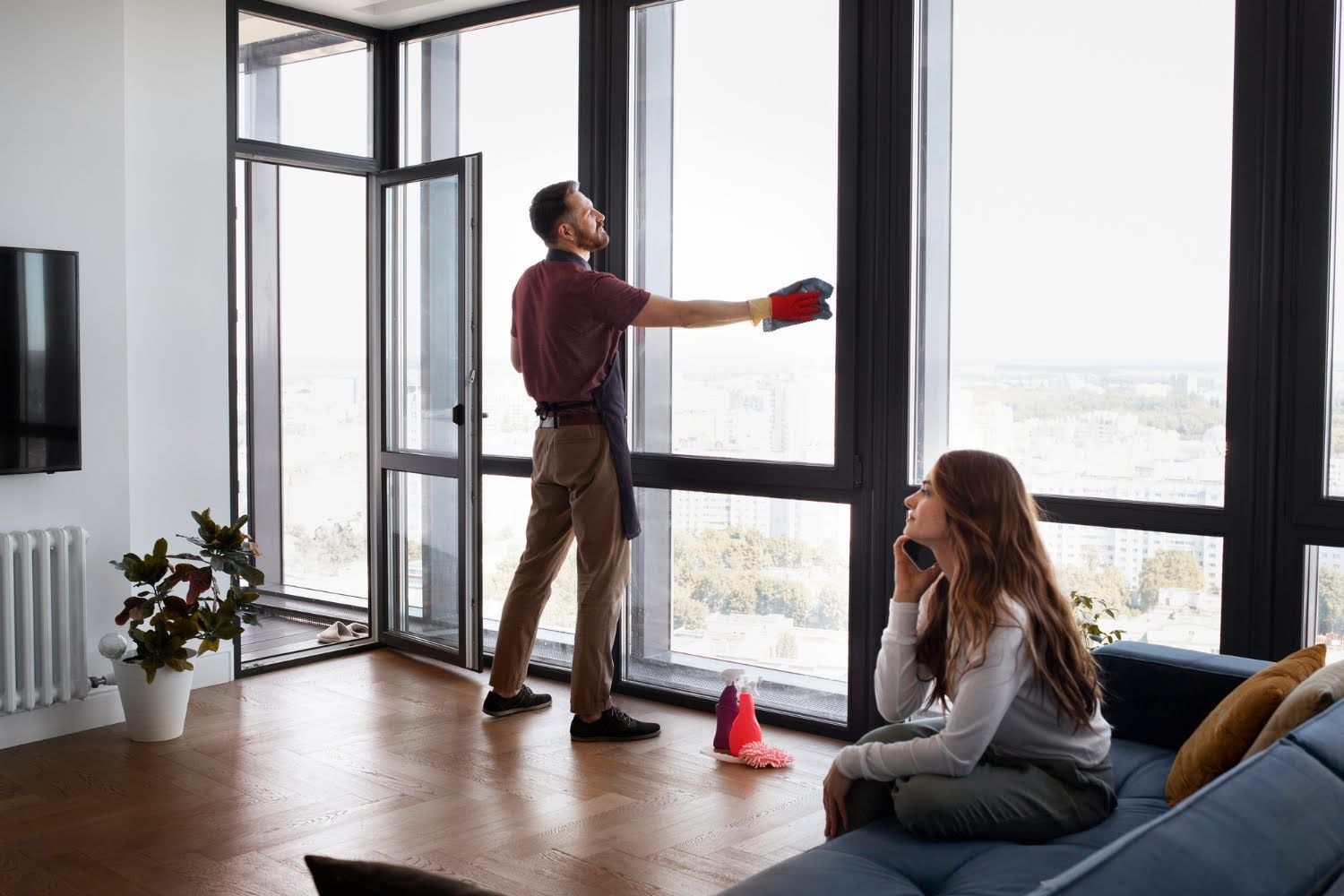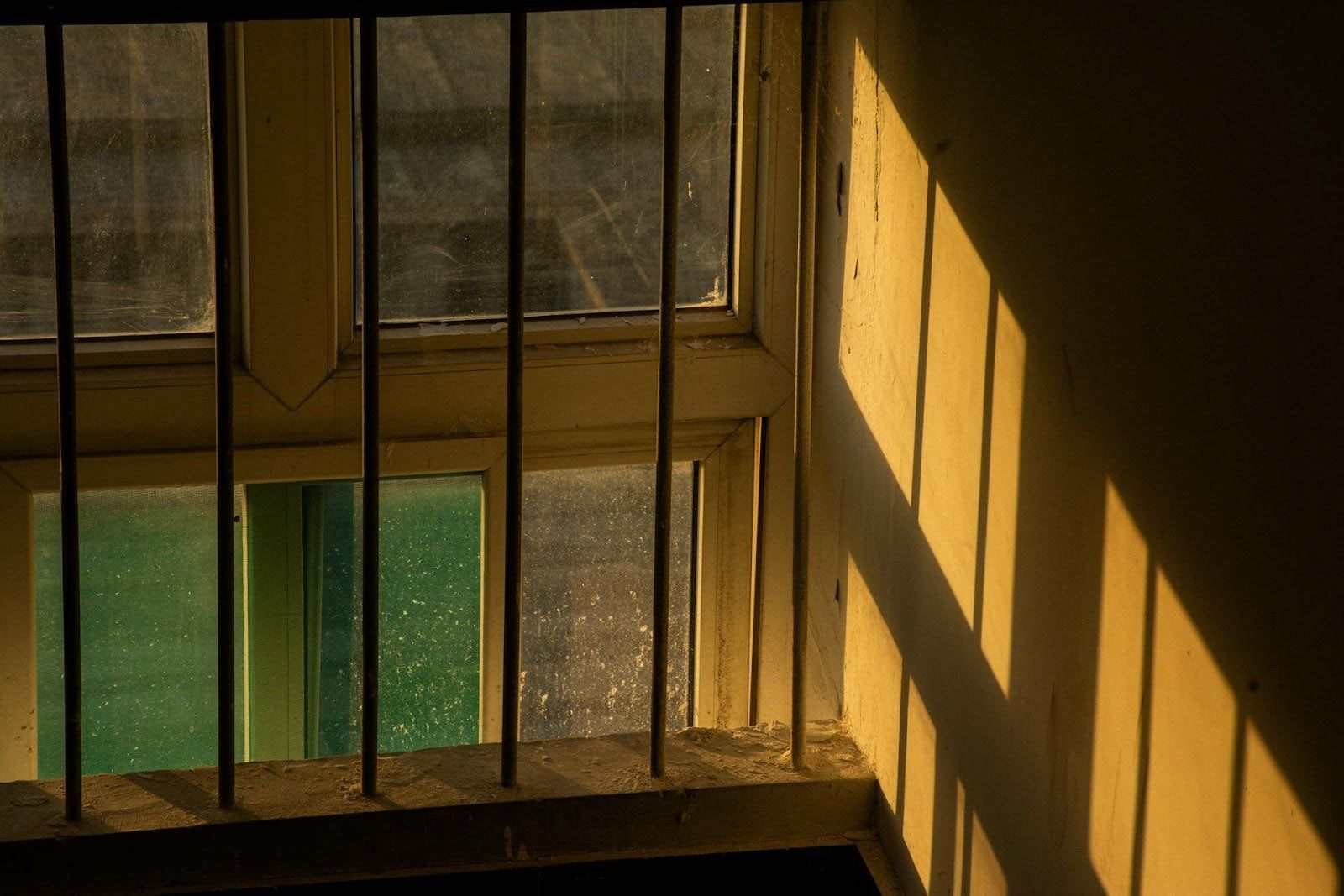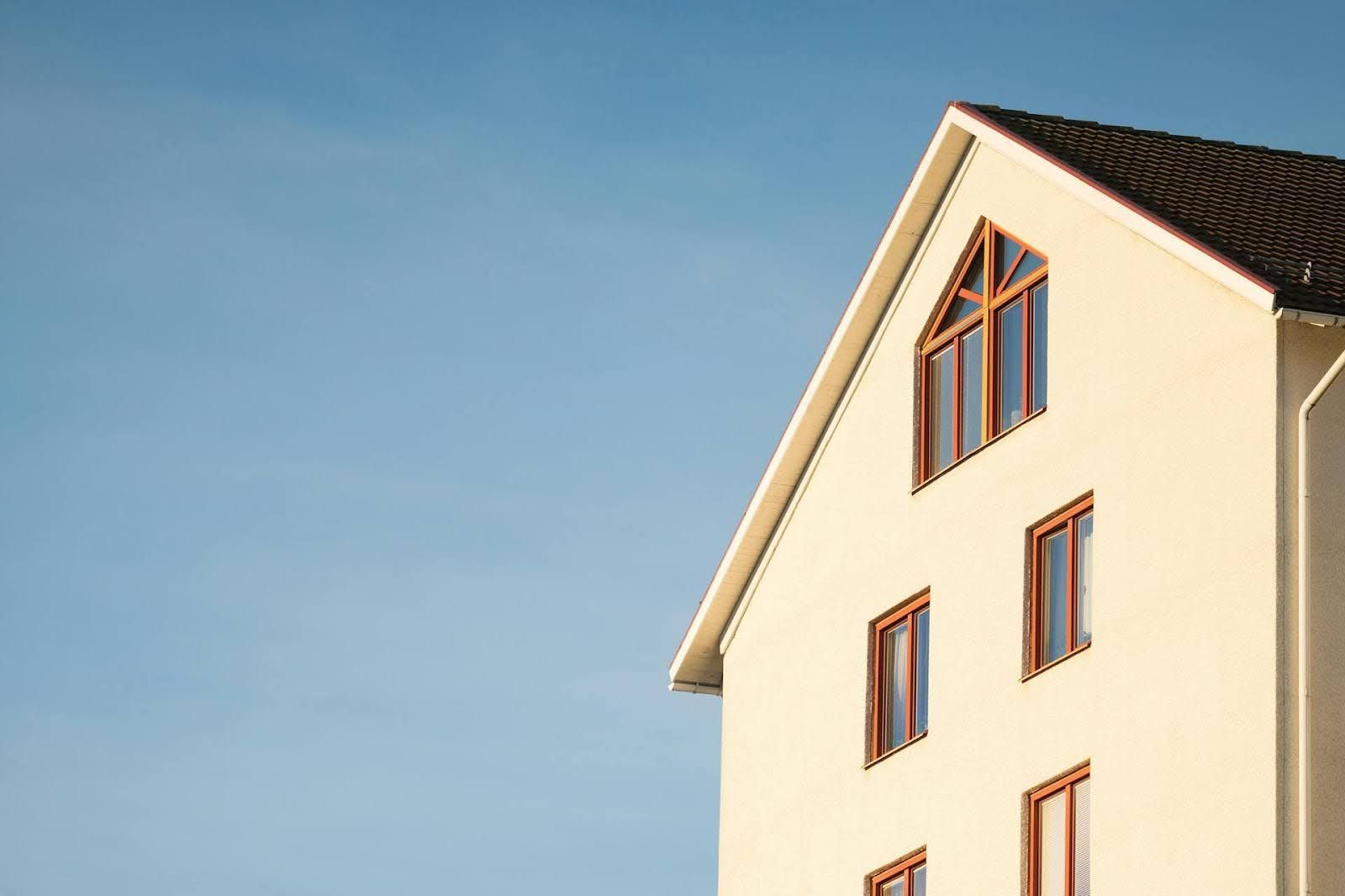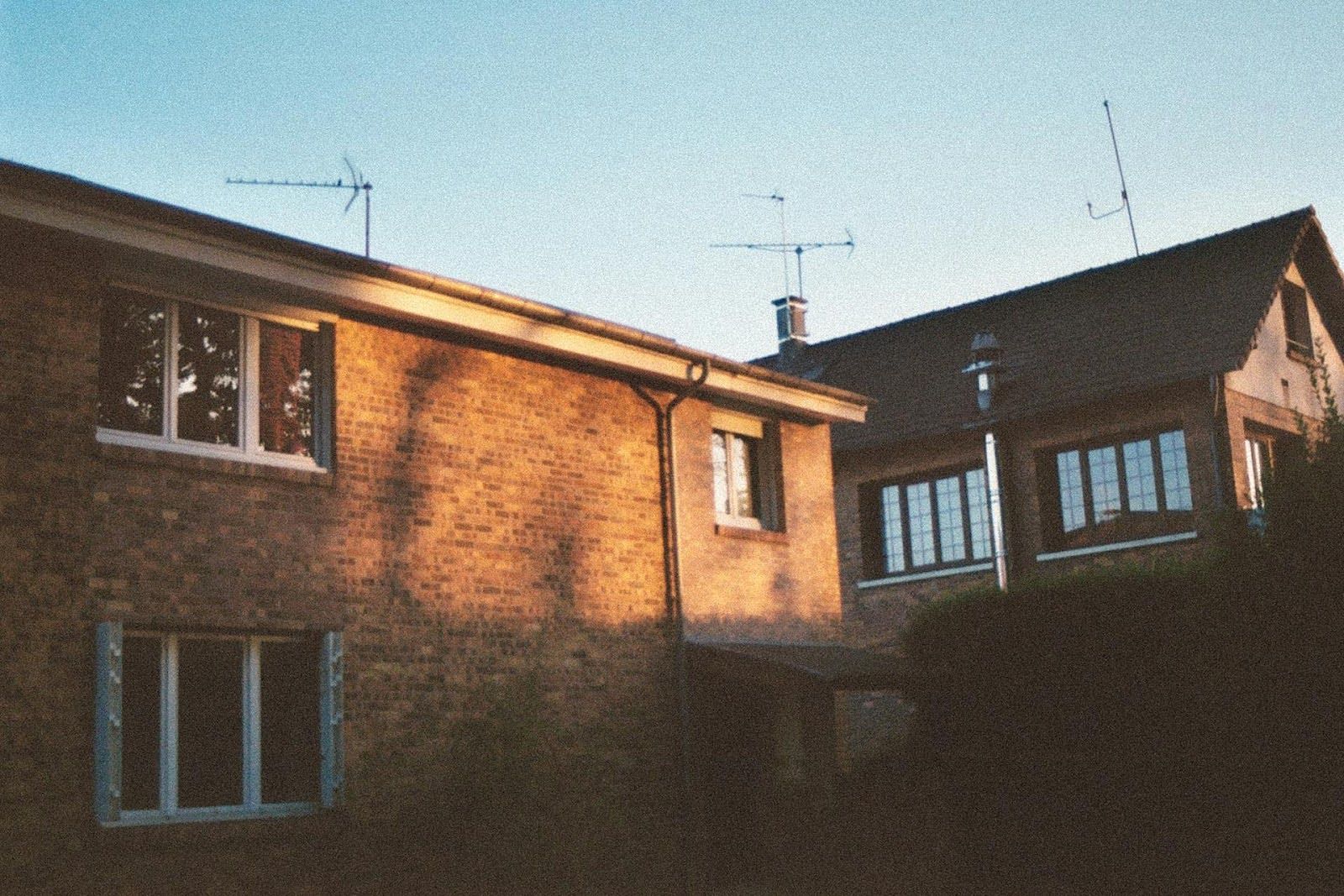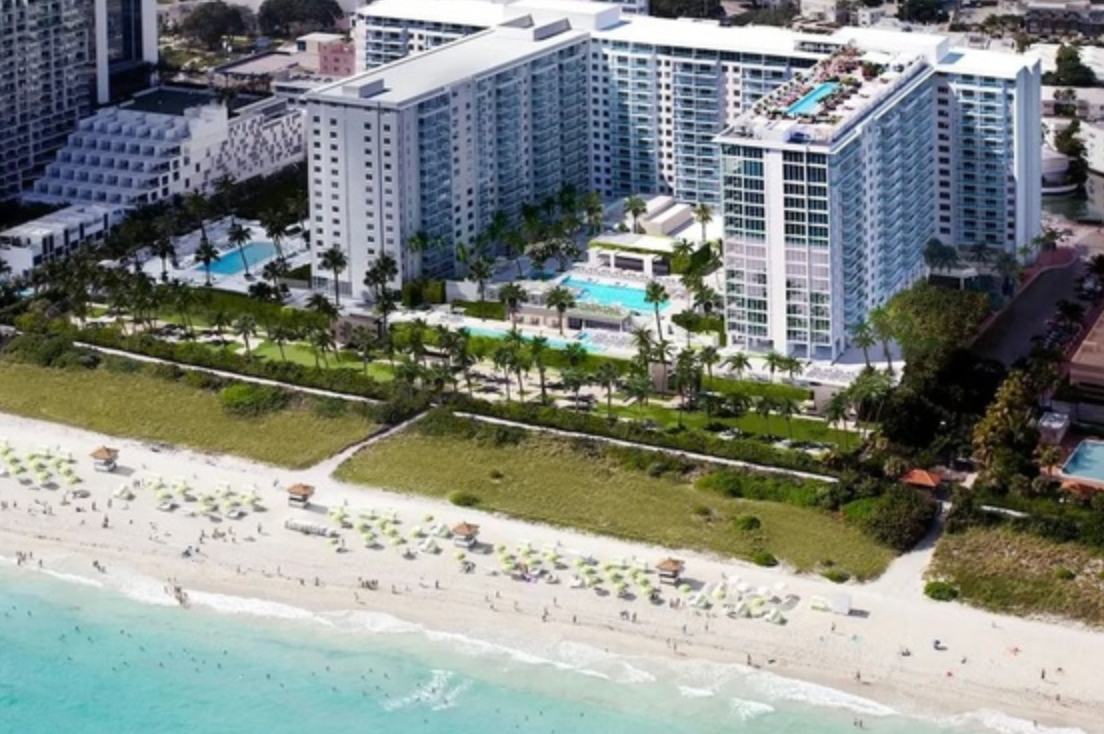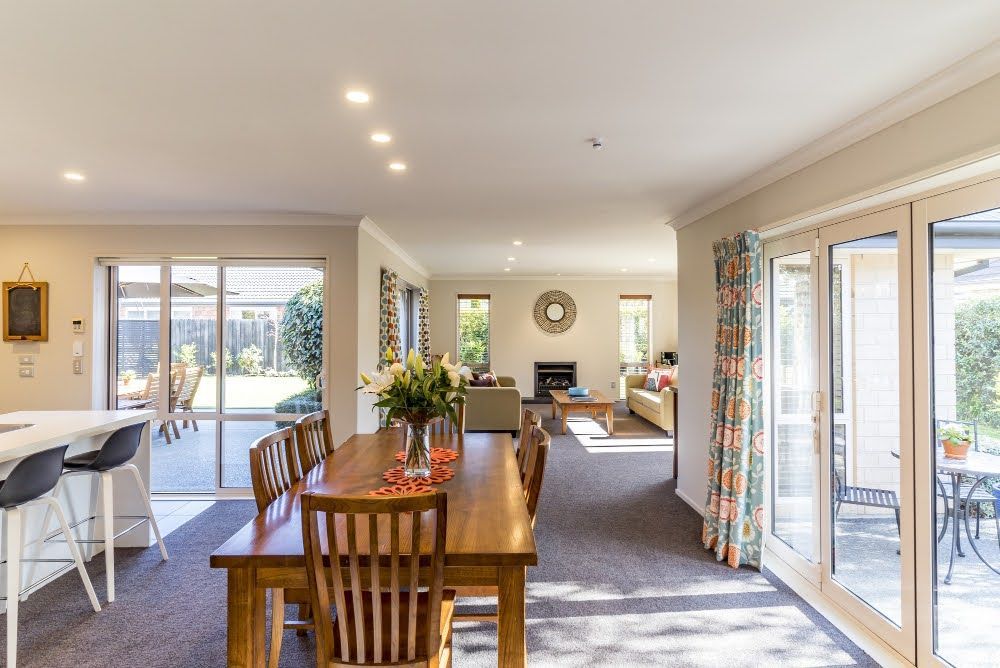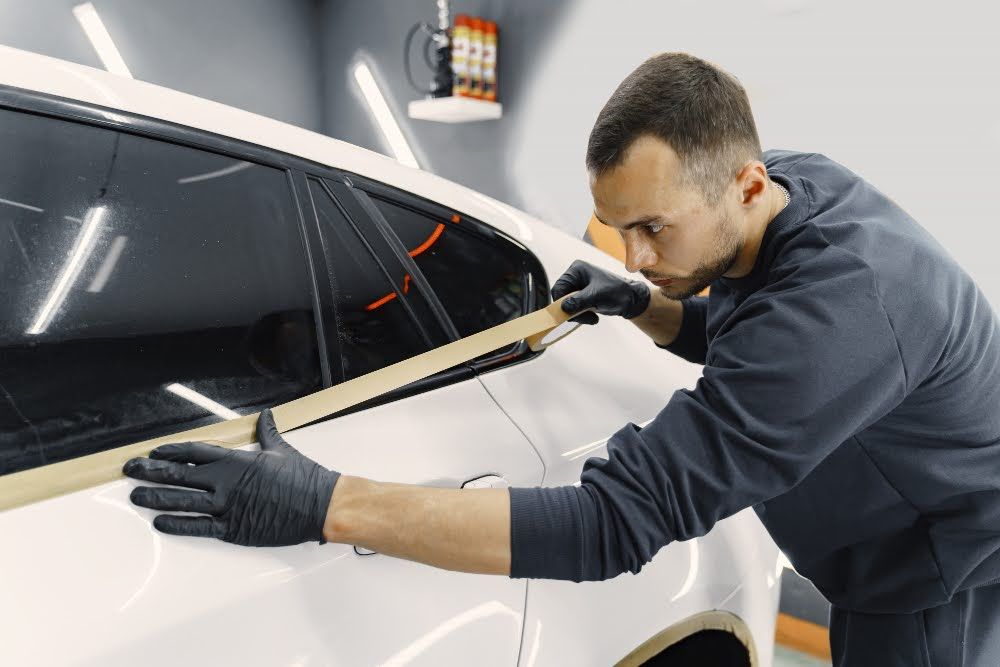Window Tinting Costs in Florida: What to Expect and How to Get the Best Value
There’s something unmistakably Floridian about sunlight pouring through every window—until, of course, your living room starts to feel more like a sauna and your energy bill seems to creep higher with each passing month.
If you’ve ever found yourself squinting at the TV at midday, you’ve probably wondered if there’s a smarter way to keep things cool, comfortable, and just a touch more private.
For many homeowners and drivers, window tinting seems like the perfect solution.
So, how much does window tinting really cost in Florida—and more importantly, is it worth the investment?
Let’s break it down together, with a few pit stops for things nobody tells you about the Sunshine State, some tips from industry insiders, and a couple of honest stories that’ll make you glad you read to the end.
The Many Shades of Florida—and Your Windows
If you live in Florida, you know the sun isn’t just a nice backdrop—it’s something you have to plan around.
Whether you're in Miami, Tampa, or a quiet small town, that intense heat and glare affect nearly every decision about your home or office.
Window tinting is about staying cool, cutting energy costs, and keeping things comfortable.
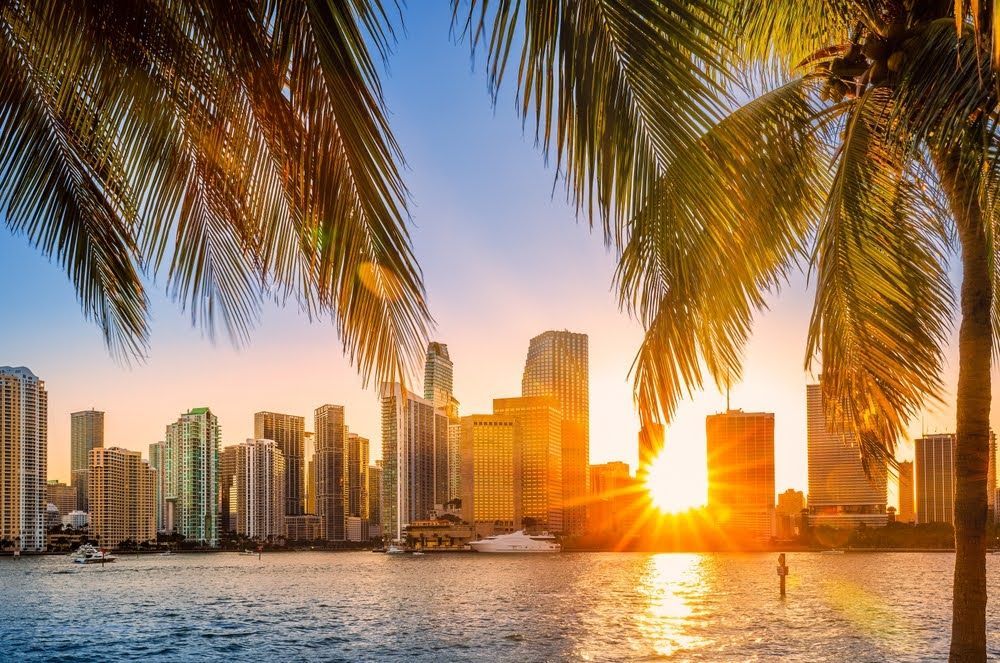
But here’s the catch: when people talk about window tinting cost, they’re rarely talking about just one thing.
In reality, it’s a mix of factors, and if you’ve never gone down the rabbit hole of glass films, ceramic tints, and warranty options, it can feel a little overwhelming.
That’s why the average cost you see online—anywhere from $5 to $15 per square foot—tells only half the story. It’s a bit like looking at real estate listings without ever stepping inside the house; you don’t know what you’re getting.
What Goes Into the Cost? More Than You Think
Let me explain: there’s a reason why your neighbor’s DIY kit from a big box store and your coworker’s professionally tinted office both claim to offer the “best deal.”
The truth is, they’re talking about two completely different things. Sure, you could grab a roll of film for a couple of hundred bucks and spend your Saturday figuring out which side faces the glass.
But here’s the thing—most folks who go this route end up with air bubbles, peeling corners, and the sneaking suspicion that maybe professional help wasn’t such a bad idea.
On the flip side, hiring an experienced tinting company means you’re paying for more than just materials. You’re buying years of know-how, proper prep (think: removing old films, cleaning with the right solvents), and warranties that mean something.
Labor, film quality, window size, and even the number of panes all play a role in the final window tinting cost. And don’t forget—those lovely Florida regulations.
The Sunshine State has pretty clear rules about how dark you can go, especially for vehicles. (And yes, you will get pulled over if you ignore them; ask any local who’s pushed their luck.)
Commercial vs. Residential: Apples and Oranges
Now, here’s where things get interesting. If you’re tinting your home, you might expect to pay a bit less per square foot—say, $6 to $10 on average.
But if you own a business or manage a larger property, commercial projects sometimes tip the scale toward the higher end.
Why?
It’s partly about volume discounts, but also about the complexity: storefronts with large, curved panes or high-rise windows need specialized films and, often, specialized equipment (sometimes you’ll see those daring folks in harnesses—don’t try that at home).
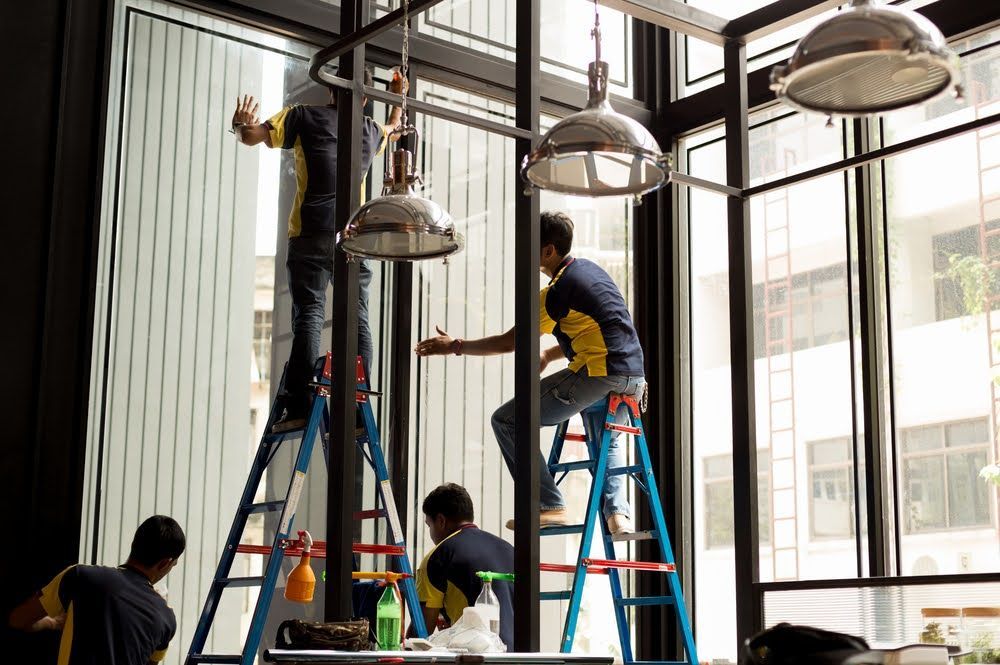
There’s also a secret perk to commercial tinting that often flies under the radar: energy savings.
Buildings with lots of glass can get hammered by Florida heat. Add up the savings from reduced cooling costs, and suddenly, what looked like a major expense starts paying for itself.
Not to mention the boost in comfort for your staff or customers—nobody loves working next to a window that could double as a pizza oven.
The Unexpected Bonuses (and a Few Lessons Learned)
Let’s take a brief detour, because honestly, it’s the little things people remember. Ask anyone who’s had their windows tinted during Florida’s infamous love bug season, and they’ll tell you: it’s not just about heat.
Window films can cut down on glare so you can finally binge that Netflix series at noon, protect your furniture from fading, and give you a bit more privacy, because nobody wants to see your neighbor watering plants in their pajamas.
On the other hand, the best value doesn’t always mean the lowest price. I’ve heard stories of people choosing bargain-basement installers and ending up with films that bubble, discolor, or even crack after a single summer.
And then there are the warranties—those tiny lines in the contract that make all the difference if you ever need a touch-up. If you’ve ever dealt with a Florida storm, you know why a real warranty matters.
So, How Do You Get the Most Bang for Your Buck?
Here’s where things get personal: value is all about matching the right product to your needs (and, frankly, to your lifestyle). Do you want maximum heat rejection? Go for a high-quality ceramic or carbon film. More concerned with privacy? There are mirrored films that turn your home into a one-way viewing party.
Don’t be afraid to ask your installer about the details—how the film performs in our climate, how long it’ll last, and what’s covered if something goes wrong. And get a written quote that breaks down every line—no one likes surprises when it comes to home improvements.
Timing can also matter. Believe it or not, some companies run off-season specials when business is a little slower.
If you’re not in a rush, waiting for those deals can shave a chunk off the total bill. (A neighbor of mine swears by getting his home projects done in January, after the holiday rush. I can’t say he’s wrong.)
Sunshine, Savings, and a Smarter Choice: Why Your Next Step Matters
If there’s one thing to take away, it’s this: window tinting cost isn’t just a number you pull from thin air—it’s a reflection of materials, expertise, local climate, and a touch of common sense.
The best investment is the one that keeps your space cooler, your bills lower, and your peace of mind intact long after the sun sets.
When you’re ready to make the jump, choose a team that understands the Florida difference.
Solar Tint Inc. combines deep local knowledge with real-world experience, helping you get the best value for every dollar.
Want your windows to work smarter, not harder? Start the conversation with someone who knows how to help you see the light, minus the heat.
